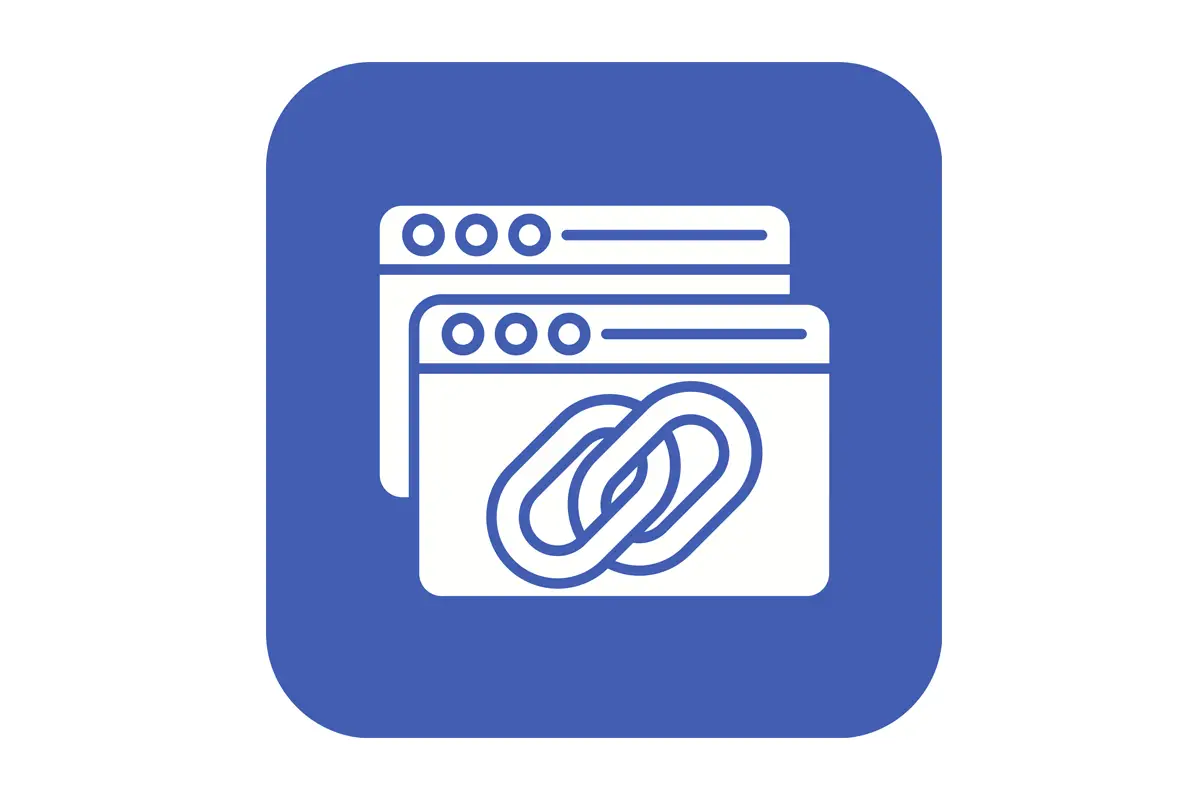Common Reasons for Backlinks Not Showing
You may wonder why some of your backlinks are missing from analytics. Several factors can prevent your backlinks from appearing. Understanding these reasons can help you identify and fix the issue effectively.
Crawling and Indexing Delays
Backlinks need to be crawled and indexed by search engines to show up in analytics. If there is a delay in this process, your backlinks may remain invisible. Search engines send out bots to scan the web, but this can take time.
If a new backlink appears on a newly created page, it might not show right away. You can check the status using tools like Google Search Console, which reports whether a page has been indexed. If you notice a delay, it may be worth waiting a few days.
Technical Issues with Sitemap or Robots.txt
Your website’s sitemap and robots.txt file can affect backlink visibility. The sitemap helps search engines find all pages on your site. If it is missing or outdated, search engines may not crawl your backlinks.
On the other hand, the robots.txt file tells search engines which pages to ignore. If your backlinks are on pages blocked by this file, they won’t get indexed. Make sure to review both files regularly to ensure they are set up correctly and include all relevant pages.
Google Search Console Discrepancies
Google Search Console can provide insights into your backlinks, but discrepancies can lead to confusion. Sometimes, the data in the console may not align with what you see in analytics.
This can be due to various reasons, like recent changes on your site or indexing delays. Regularly check the “Coverage” report in Google Search Console for updates. If you find that backlinks aren’t showing, you may need to address any underlying issues or wait for the data to refresh.
Problems with Backlink Quality and Relevance
Not all backlinks are equal. If a backlink comes from a low-quality or irrelevant site, it might not show up. High-quality backlinks are more likely to be indexed and recognized by search engines.
Assess the relevance of your backlinks to your content. Backlinks from related sites carry more weight and are more likely to be crawled. Ensure that you are building strong, quality backlinks to improve visibility and effectiveness in search rankings.
Tools and Techniques to Discover and Monitor Backlinks
Finding and keeping track of your backlinks is essential for a successful SEO strategy. You can use a combination of tools and techniques to track your backlink profile effectively. Here are some key methods to consider.
Leveraging Google Search Console
Google Search Console (GSC) is a free tool that helps you monitor your website’s performance. It allows you to check backlinks by navigating to the Links section. Here, you will find two main areas:
- Top linking sites: Shows the websites that link to you the most.
- Top linked pages: Displays the pages on your site that receive the most backlinks.
You can also identify any issues with indexing. If certain backlinks aren’t showing up, there may be a delay in their indexing process. Regularly checking GSC can help you keep your backlink profile healthy and make needed adjustments.
Utilizing SEO Tools Like Ahrefs and Semrush
Ahrefs and Semrush are two powerful SEO tools widely used for backlink analysis.
Ahrefs: You can use the Site Explorer feature to see your backlink profile in detail. It provides data on new and lost backlinks, domain ratings, and the quality of links.
Semrush: This tool offers a Backlink Analytics feature. It gives you insights into your backlinks and those of competitors. You can discover toxic backlinks that may harm your ranking and take steps to disavow them.
Both tools offer features to help audit your site regularly, ensuring backlinks are working correctly.
Manual Tracking and Analysis
Manual tracking is another effective approach to monitor your backlinks. This involves regularly checking specific pages or articles where your backlinks should appear.
Create a Spreadsheet: List your backlinks, their source URLs, and target URLs.
Check Periodically: Visit the source websites to confirm your link is still active.
Use Link Checker Tools: There are many free and paid link checker tools that can automate this process. These tools will alert you to broken links or pages that no longer exist.
By keeping a close eye on your backlinks manually, you can catch issues before they affect your site’s performance.
Troubleshooting Backlinks Issues
When your backlinks are not showing up, a few common issues may be present. Identifying these problems can help you find effective solutions to ensure your links work properly.
Fixing Broken and Redirected Links
Broken links can prevent your backlinks from functioning. A 404 error may arise if the linked page has been removed or moved without a redirect. To fix this, check your links using tools like Google Search Console or online link checkers.
If you find broken links, you can either update the link with the correct URL or set up a redirect to guide users to a relevant page. Use a 301 redirect for permanent changes to maintain SEO value. Regularly auditing your site’s links will help you catch issues early.
Addressing Duplicate Content and Meta Tags
Duplicate content can confuse search engines about which page to index. Make sure each page on your site has unique content and appropriate meta tags. Use the canonical tag on duplicate pages to indicate the preferred version.
This helps search engines understand which page to show in search results. Additionally, use tools like Copyscape or Siteliner to identify any duplicate content issues. Fixing these problems leads to improved indexing of your backlinks and better visibility.
Disavowing Toxic Links
Toxic links from spammy sites can harm your site’s reputation and rankings. If you suspect backlinks from such sources, use Google’s Disavow Tool. This tool allows you to tell Google to ignore certain links that are harming your site.
Before disavowing, monitor your backlink profile with tools like Ahrefs or Moz to identify harmful links. Once you gather the toxic links, create a text file listing them. Submit this file through the Disavow Tool. This action can help improve your site’s credibility and backlink health.
Strategies for Acquiring and Maximizing High-Quality Backlinks
To improve your website’s visibility and boost organic traffic, focus on acquiring high-quality backlinks. Implementing targeted strategies can enhance your link-building efforts, helping you to connect with partners, influencers, and relevant audiences.
Effective Link Building Practices
Start by developing valuable content that naturally attracts backlinks. Create resources like how-to guides, infographics, and case studies. These types of content are often shared and linked to by other sites.
Engage in SEO research to identify keywords that resonate with your audience. This will direct the right traffic to your site and encourage other bloggers to reference your work.
You can also use backlink checkers to analyze your competitors’ links. This way, you can find opportunities to secure similar high-quality backlinks for your site.
Guest Blogging and Outreach
Guest blogging is one of the most effective ways to build quality backlinks. Reach out to blogs in your niche, offering to write guest posts. Ensure that your content is unique, informative, and aligns with their audience’s interests.
When you write a guest post, include anchor text that links back to your site. Make sure the host blog has a good reputation to ensure the backlink’s quality.
Create a list of potential sites for guest blogging. Tailor your outreach emails, expressing genuine interest in their content. Be friendly and professional in your approach to increase your chances of acceptance.
Leveraging Partnerships and Influencers
Partnering with influencers can significantly boost your backlink profile. Start by identifying influencers in your industry who align with your values.
Reach out to them with a clear proposal on how you can collaborate. This could involve co-creating content or having them feature your blog. Ensure that any partnership adds value to their audience.
When influencers share your content, they provide valuable backlinks and can drive traffic directly to your site. Building relationships with these individuals can lead to ongoing opportunities for collaborations and further link-building efforts.
Key Metrics to Measure the Impact of Backlinks
To understand how backlinks affect your site, it’s important to track specific metrics. Here are the key metrics to consider:
Backlink Quality: Not all backlinks are created equal. Focus on getting links from high-authority sites. Quality links improve your site’s credibility and rankings.
Referring Domains: This metric shows how many unique domains link to your site. A higher number of referring domains usually enhances your visibility and authority.
Search Engine Rankings: Keep an eye on where your pages rank in search results. Improved rankings can directly lead to more organic traffic.
Traffic: Monitor the amount of traffic coming from backlinks. Increased referral traffic indicates that your backlinks are effective.
Organic Traffic: Evaluate the growth in organic traffic over time. Effective backlinks should boost this number, showing improved visibility in search engines.
Conversion Rate: Assess how many visitors from backlinks complete desired actions on your site. A high conversion rate means that your backlinks not only drive traffic but also engage visitors.
Impact: Track how these metrics change after acquiring new backlinks. Look for patterns that show a positive effect on your site’s performance.
By analyzing these key metrics, you can better understand the impact of your backlinks on your site’s success. This data helps you make informed decisions about your SEO strategy.

SEO Chatter is dedicated to teaching the fundamentals of search engine marketing to help marketers understand how to increase organic website traffic and improve search engine rankings.

